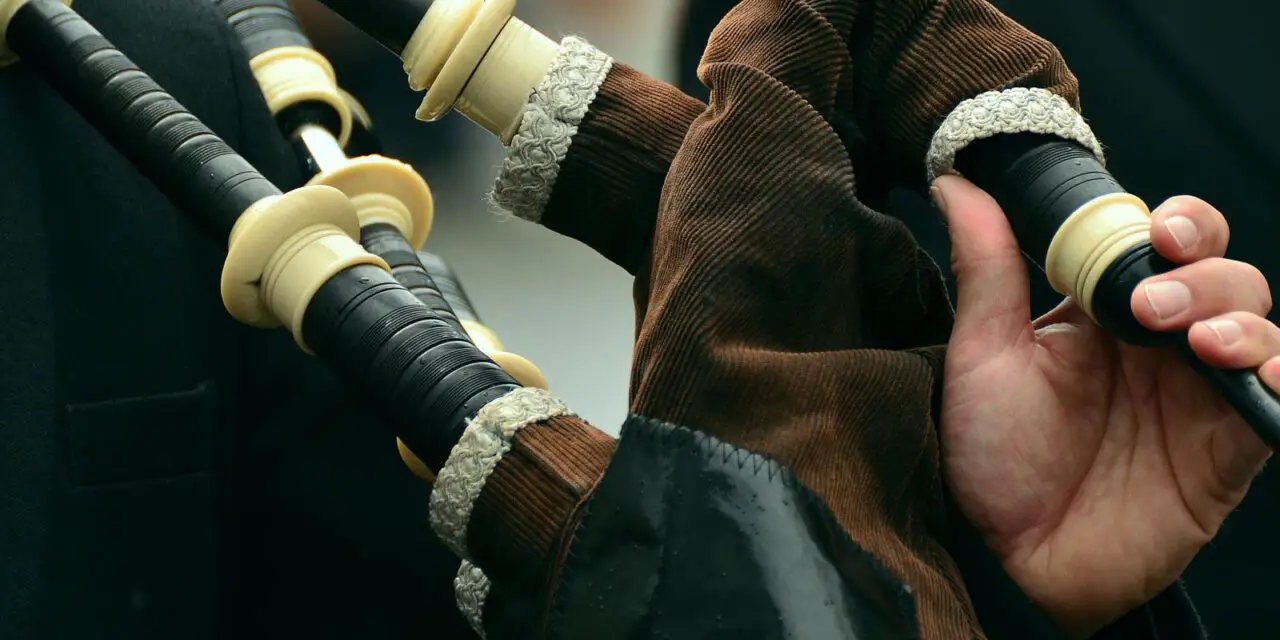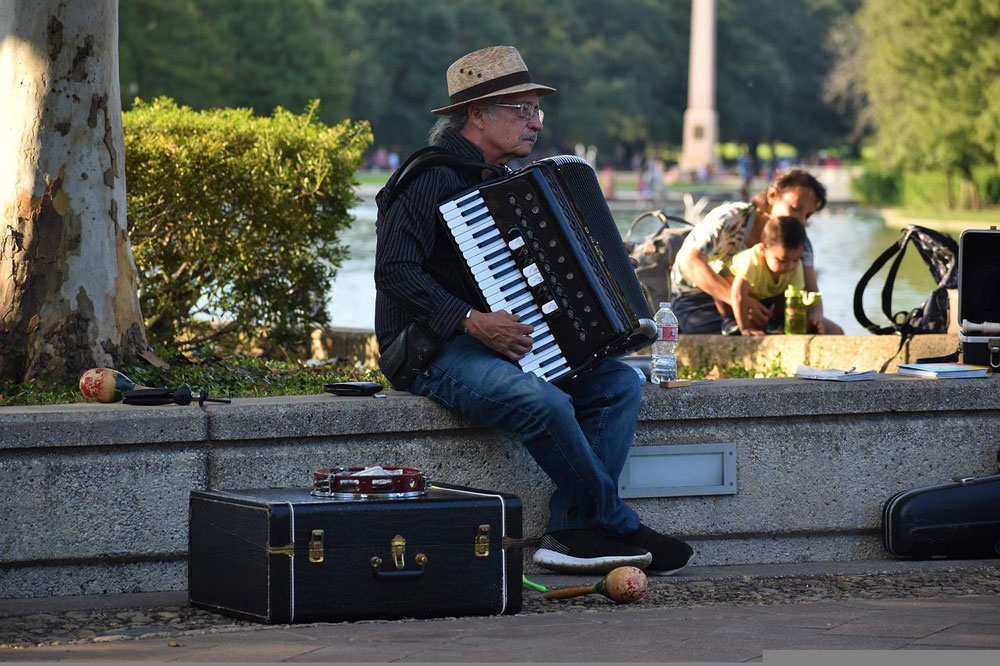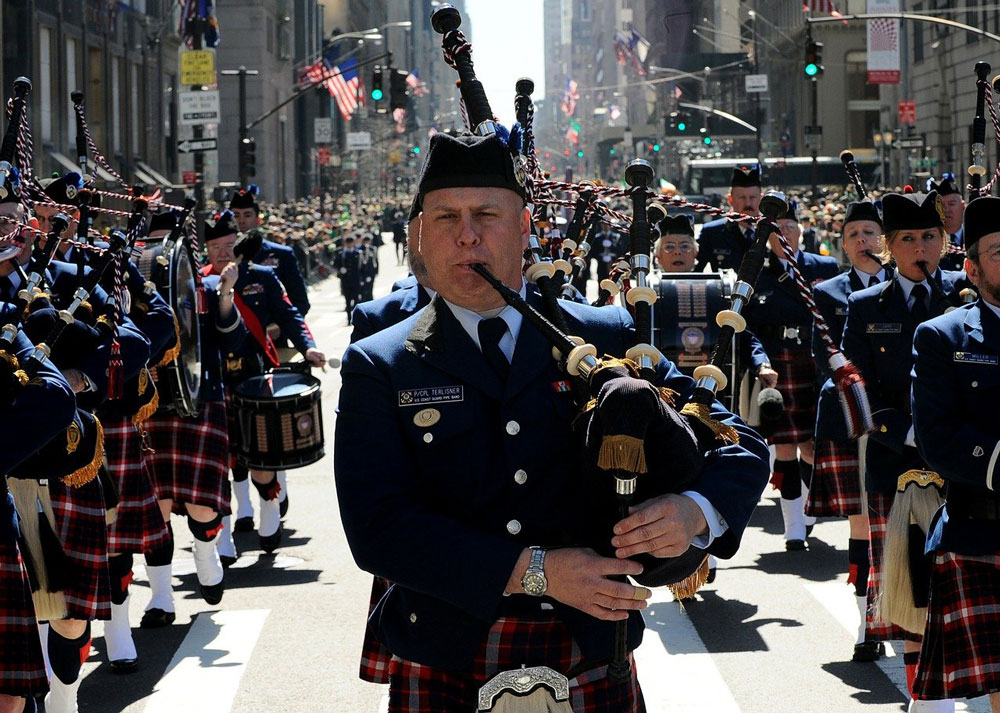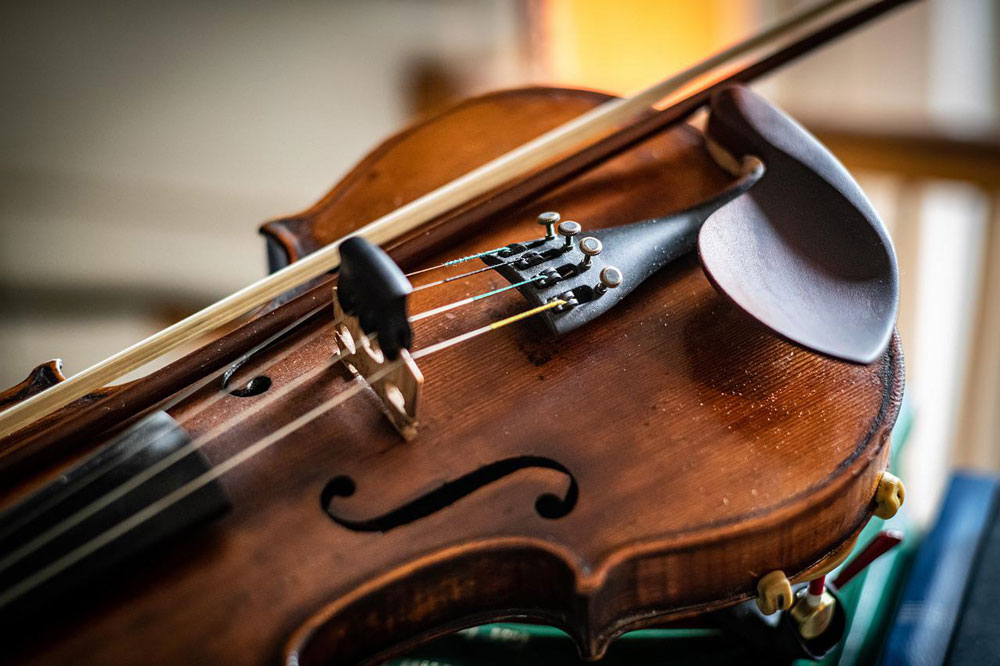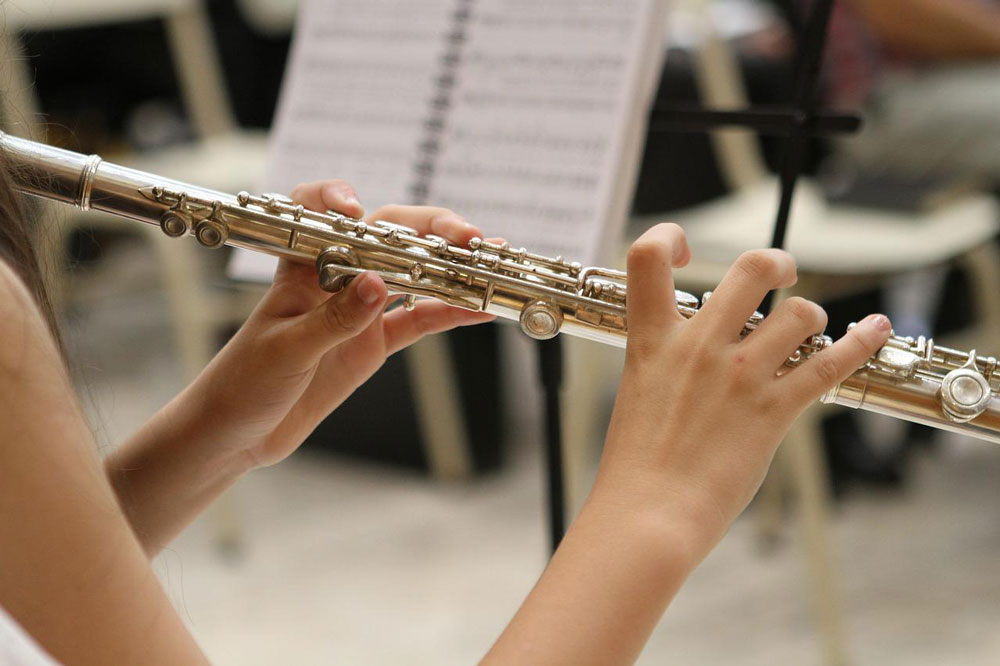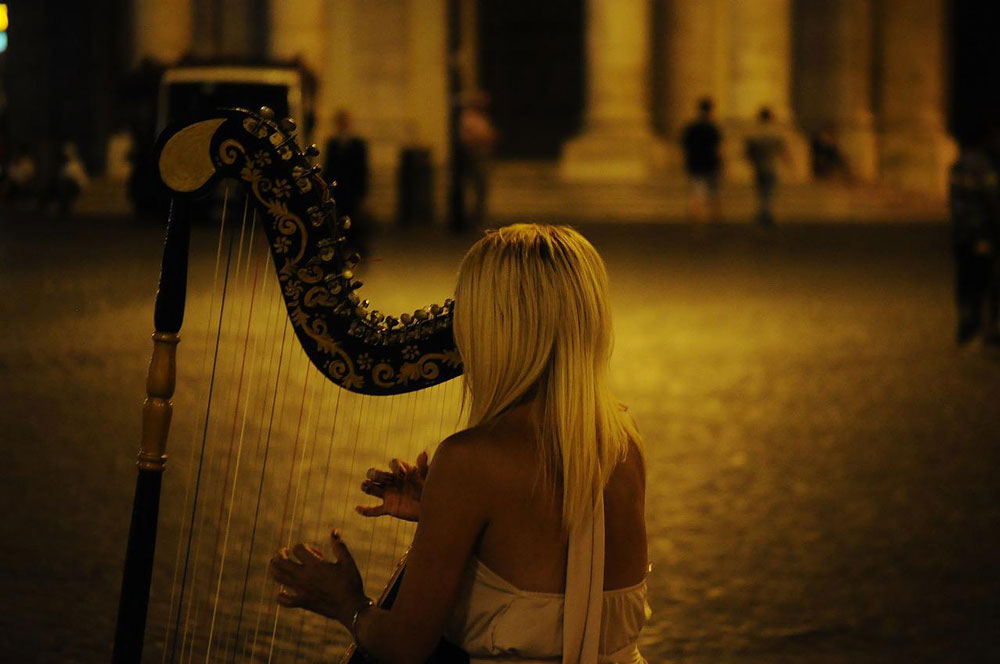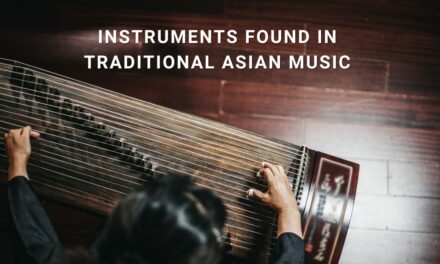To the uninitiated, the first thing that comes to mind when they think about Celtic music is traditional Irish music or Scotsmen in kilts playing bagpipes, especially on St Paddy’s day.
That’s partially true because it plays an important role in Scottish life, albeit there’s even more. Celtic music carries the robust traditions of Ireland, Wales, Scotland, Brittany, Cornwall, and Galicia that date back centuries. These Celtic areas in Western Europe have a lot in common as far as musical instruments are concerned. From the ethereal sounds of the flute to the rambunctious fiddle, Celtic music is made richer and more famous by these traditional arsenals. Without them, Celtic music is lifeless.
You will note that although they may be the same type of instrument, their sounds may vary by region. The highland pipes of Scotland are the loudest of the bunch and the more subdued Uilleann pipes of Brittany. Their unique sound is not just confined to the annals of musical history since it has found its way into contemporary Irish folk music.
Outside such a dedicated realm, the universal appeal of this music continues to enchant listeners to this day. Celtic instruments have witnessed a modern revival in festivals, incorporating them into mainstream genres in other countries such as Portugal, Isle of Man, Canada, and perhaps the rest of the world.
Kinds of Celtic instruments
Here are some of the heavyweights and good old Celtic instruments whose sounds have almost stayed the same despite the passage of time.
Accordion
One of the most important Celtic instruments is the accordion, especially in Irish traditional music. Although, it was the melodeon (also called button accordion) that figured a lot in Celtic music, which differs from an accordion since it uses button rows instead of piano keys. In the beginning, it had a single row featuring ten buttons to play the notes until more rows came out much later. The varying configurations include double row versions with a total of 20 buttons.
On the other hand, the triple-row model has additional rows of flats, sharps, and a few redundant notes or duplicates of those already in the first two rows. Another type is the piano accordion. Both have bellows, but having a key for every note makes a piano accordion different. Typically, beginners opt for the button accordion, given its more compact size and lighter weight.
Bagpipe and Uilleann pipe
Celtic music as we know it won’t be the same without pipes. They usually have a bladder made of leather and are played by inflating through a pipe while keeping both hands busy manipulating the instrument. One presses the bag from underneath the arm, and the other takes care of the fingerwork on the chanter, which consists of eight holes.
Most of us are familiar with the loud moan of bagpipes, which were used for troops marching into war in the 1400s. Then came the Uilleann pipes that were smaller and played in two octaves. Instead of breathing into them, bellows provide air strapped around the musician’s waist using one arm. Uilleann pipes have a distinctly softer and sweeter sound than bagpipes. They are also played indoors in a seated position, whereas bagpipes are used standing or marching.
There are other versions of pipes by area; Northumbrian small pipes have five drones and variable keys that can cut off the air to the chanter without interrupting the rest of the pipes. In Spain, they have gaita, which is their local bagpipe, similar to Scottish pipes.
Bodhran
The bodhran is one of the oldest Celtic instruments that has survived centuries and is deeply rooted in Irish music heritage as it is known as a popular traditional Irish musical instrument. Bodhran is Gaelic for skin tray, which is not too far off considering it is an Irish drum made of stretched goatskin covering its round frame. It became a staple, especially during the revival of Celtic music in the 60s. They could be tunable by tightening or loosening their skin with a hex key, greatly affected by the weather condition.
Today, bodhrans come in synthetic materials, if not other animal skins. Their frames have crossbars for proper tuning. A small stick referred to as a beater is struck with one hand to produce varying tones while the other hand supports it as it is held in between the thighs. You can also play it using both hands, specifically the knuckles.
Hitting the bodhran in the middle creates deep tones, sideways will produce lighter sounds. Along with its evolution, more play techniques were born from this Irish drum, giving rise to its rebirth in more recent times.
Bouzouki
Bouzouki is a late addition to the list of Celtic instruments, having made its way only in the 60s and popularized by Johnny Moynihan. The original Irish bouzouki is from Greece, and the Irish have changed it from a three-course into a four-course string instrument. It has since been present in their folk and other traditional music.
This mandolin-like instrument has a pear shape with a long neck. To play it, you need to hold down several neck strings and pluck notes on the end of its body. The bouzouki lends a melodic sound with its interweaving of bass lines, two-note intervals, and open-string drones. Hence, many musicians use it as a chordal accompaniment to other instruments such as the fiddle and flute.
For the last forty years, this string instrument has been integrated into several musical traditions in Western Europe, bearing the characteristics of the mandolin construction as evident in the arch-top style of the bouzouki.
Bones
Perhaps the easiest and most ancient Celtic instrument that is fun to play with, bones have been used in many cultures as early as 3000 BC. The aptly named bones consist of 2 pieces of identical animal bones such as sheep ribs that are struck either together or on a wooden material. However, the proper way to play bones is to let their momentum produce the sound instead of simply forcing them to hit one another through finger manipulation.
In Irish tradition, most of their bone players use a single hand, giving it a distinct articulation from other players who opt for the two-handed style.
Nowadays, you can use any pair of wooden sticks, even metal spoons, to create musical tones. Nonetheless, the bone-clicking sounds make for a sharper resonance. Also called rhythm bones, these instruments are between 5 and 7 inches long, sometimes longer, and are usually curved, resembling barrel staves.
Concertina
More like a distinct accordion-type, a concertina is a hexagon-shaped instrument with bellows that are played by holding it in one’s lap. In the early 1800s, two types of concertina came out; one in Germany and another in the UK. A German concertina is associated with lower-class individuals who played on the streets.
Conversely, its English version evoked sophistication since it was being played by those in the upper crust and the bourgeoisie during stylish events and private concerts. Both models evolved differently; the German concertina became a fixture in many dance tunes, while the latter is often included in classical compositions.
However, by the 20th century, concertinas have declined in popularity with the rise of other Celtic instruments such as the accordion as well as interest in more chromatic musical forms. Nonetheless, the revival of folk music saw a renewed appreciation for the concertina. The movement worked towards its integrity preservation and promoting its cultural value to a younger audience.
Fiddle
Fiddles have always been at the forefront of Celtic music. They are essentially violins; fiddle is simply the colloquial name for a classical violin. They have the same body style, but a slight difference lies in their strings.
A fiddle has steel strings that provide a brighter tone, while a violin has them in either gut or nylon. It requires quicker fingerwork, making short sound bursts when played, and places more emphasis on resonance. Fiddles even vary by region and are not as commercially available as violins. A standard violin can act like a Celtic fiddle just by supplying varying rhythms in simple melodies.
Interestingly, the use of fiddles is considered to be a recent development. While it was already being played in the early 1600s, it was only in the late 1800s when it reached its peak as dancing became wildly popular in Scotland and Ireland.
Fiddles are great accompaniments in dance tunes with dance-driven beats while providing soulful and haunting sounds. At the same time, fiddlers do not strictly adhere to orchestral formalities because they often improvise at the player’s discretion.
Flute
Flutes are regarded as the earliest sound instrument in the world. Celtic music uses the wooden flute, a reedless wind instrument that looks like a bigger tin whistle and operates similarly. It has a cylindrical shape with eight holes. The difference from a tin whistle is the player breathes into the top hole at a certain angle to create resonance. At the same time, you are covering several finger holes, and the sound comes out of the bottom hole.
Sound will vary according to the number of finger holes you cover and uncover at a time, which will produce a specific note. Most traditional Irish flutes play in a D key. However, the flute did not originate in Ireland. It was only introduced to the country in the 19th century by English players.
Although flutes can also be made of silver or nickel, they preferred the wooden ones because of their more mellow tones. Several enhancements have been made ever since, with some flutes using composite wood. Nonetheless, flutes made of rosewood, and African blackwood, to name a few, are often used commercially, particularly in Hollywood movie themes.
Harp
We’ve seen angels depicted as harp-playing children sitting on heaven clouds; the harp also became an Irish symbol, and it’s easy to see why. Played for hundreds of years, this ancient instrument used to be associated with aristocracy and sophistication. Celtic harps are relatively small, standing high at 4 feet and held by the knee while seated with hands on the sides of the strings.
Back in the day, the Scottish version was referred to as a clarsach. On the other hand, the Welsh harp is a triple harp with three rows of strings parallel with one another. Both harps became very well known at the time, bringing them to local fairs and taverns. They also played the harp during storytelling for a fully immersive experience for the listeners.
Today, professionals commonly use pedal harps in concert performances, which are louder yet with a mellow tone. They would have gut or nylon strings, while some opted to go back to their original steel strings that give off a bell sound.
Tin whistle
The tin whistle is the same family as the flute, which has an enduring history in Celtic music. It is referred to as a penny whistle because you could get one for a penny. It is also made of tin in the early days; hence, a tin whistle.
Often mistaken as a toy due to its small size, don’t be fooled, as the tin whistle can produce some of the most expressive sounds among Celtic instruments. It is a small metal tube with a narrow mouthpiece and six finger holes, but without a thumb hole. You can play it by blowing air into it and placing your fingers on the holes variably to produce different sounds.
This woodwind instrument, which is usually an accent or a secondary accompaniment to other musical instruments, is surprisingly not that easy to master despite its simple form. Today, it costs more than a penny and is no longer made of tin. But you can still get them fairly cheap at around five dollars. Nonetheless, it could run up to the hundreds if it’s finely crafted, which is what some of the best players have.
Summary
Were you surprised to learn that several musical instruments you are familiar with have Celtic origins? How about the fact that many traditional Irish instruments have origins from all over the world?
Some musicians still play these historical pieces despite electrophones and digital sounds, although a few are likely to have the OG versions. In any case, you can also consider these Celtic instruments as your looking glass back in time.

